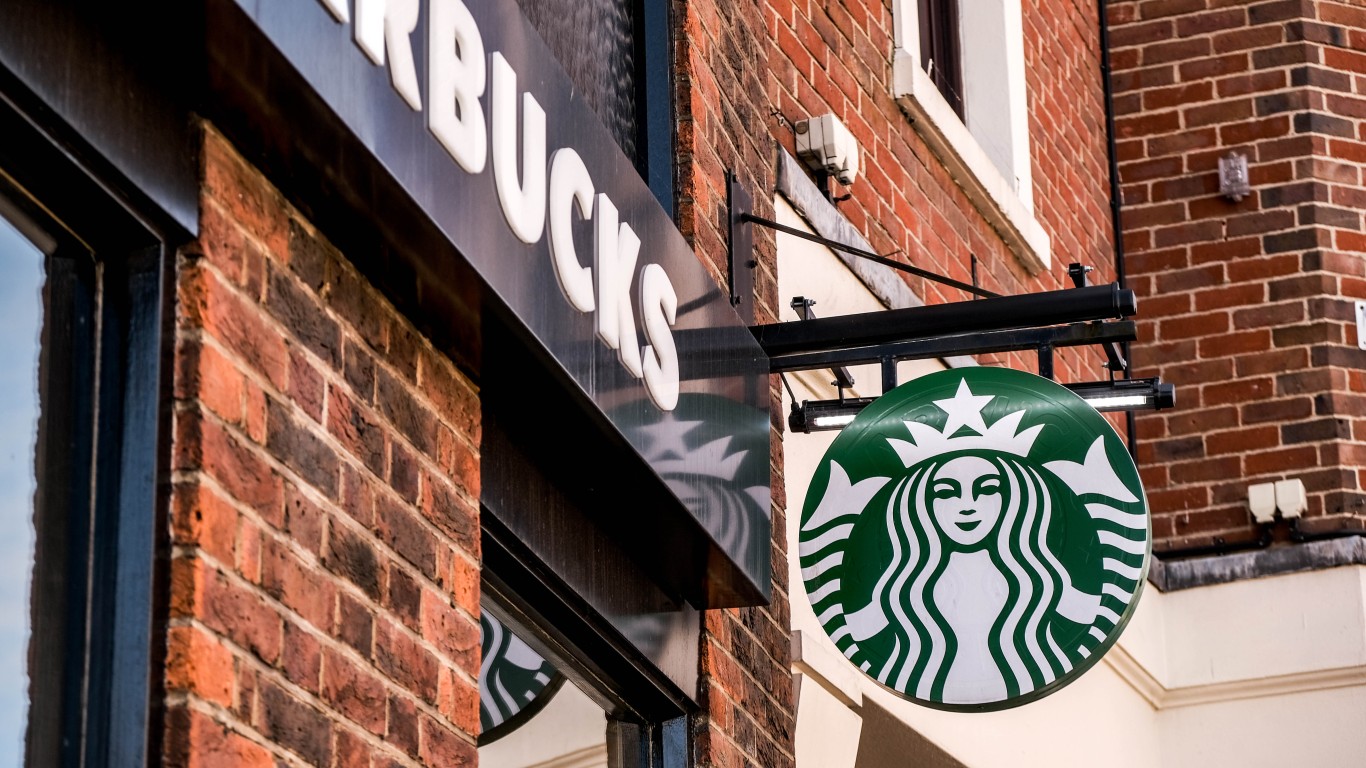

Although the coronavirus pandemic took a major toll on the economy in the first part of this year, some companies, like Amazon (NASDAQ: AMZN), were well positioned to serve stay-at-home customers and investors profited handsomely.
It was a classic case of supply and demand. With millions of people in lockdown, the companies that could meet the demand for home delivery of various products were the ones that thrived.
Now that stay-at-home orders are being lifted and businesses are reopening in phases, it’s an open question as to whether the companies that benefited from COVID-19 will continue to see gains.
As Americans begin to discover what their “new normal” will look like, Shopify Inc. (NYSE: SHOP) seems likely to be one of the companies that will maintain its pandemic gains.
Barely Slowed by the Pandemic
Shopify has been one of the top performing stocks in 2020, up more than 80% and vastly outpacing the S&P 500 and the Dow Jones industrial average.
The 2020 gains come on the heels of two remarkable years for the company based in Ottawa, Canada. It was already a Wall Street darling. In 2019, the share price rose 187%. In 2018, it climbed by almost 200% as revenue grew by nearly 50%.
In January and February this year, Shopify was still going strong with the stock price rising by 16%. Since the stock market hit bottom on March 23, Shopify has soared more than 110%.
Shopify offers its e-commerce platform to businesses of all sizes, but it is particularly attractive to small and midsized merchants who are seeking to get online quickly. With monthly fees as low as $29, the company provides merchants a virtual shop along with e-tools to help manage backroom functions, like payments, inventory and shipping.
Making Adjustments in Real Time
The company’s pandemic success is a result of much more than being the right company in the right place at the right time. Shopify, which serves more than 1 million merchants in 175 countries, has shown incredible dexterity, allowing it to change its game plan as events changed the world.
Shopify Founder and Chief Executive Tobias Lutke said in a podcast released by Motley Fool on Tuesday that the company’s mission was revised in the earliest days of the COVID-19 crisis. He said the focus became: “If Shopify is valuable, it’s going to be needed during times of crisis.”
Lutke said he directed his employees to rethink everything they were doing and everything that was in the pipeline. Some projects that would help merchants during the pandemic were speeded up, while others that did not were postponed, even if they were about to launch.
“We want more merchants and small businesses to survive this crisis because we exist,” Lutke said.
The Importance of Curbside Pickup
One thing that wasn’t much of a factor for small merchants before COVID-19 was curbside pickup. But it became a lifeline for businesses as municipalities, counties and states imposed new public health rules.
“We’ve significantly improved the process of our curbside pickup, which is something that, of course, wasn’t a big factor in the world of retail before,” Lutke said. “In our analysis, e-commerce orders for products that happen to reside within 25 kilometers of where you want them delivered to, they were a very, very small part of our platform before. But with the rise of COVID and shelter in place, these things just became a very, very large part.”
The change in mission came even as employees were adjusting to a new work-from-home model that will continue at least through the end of the year. All employees were given a $1,000 stipend to upgrade their home offices. Now that appears to be a long-term investment.
“As of today, Shopify is a digital by default company,” Lutke tweeted on May 21. “We will keep our offices closed until 2021 so that we can rework them for this new reality. And after that, most will permanently work remotely. Office centricity is over.”
So what does the post-pandemic future look like for Shopify?
Analysts are essentially neutral on the stock. Of 28 analysts who are tracking Shopify, 18 rate it as a Hold, 8 have it listed as Buy and 2 recommend Sell. The consensus price target of $643.92 is significantly lower than Tuesday’s closing price of $741.70. That represents a potential downside of about 13%.
Looking to the Future
Two things bode well for Shopify: its clients and their customers. The company recently announced a partnership with Facebook Inc. (NASDAQ: FB) to help clients create Facebook Shops, which “make it easy for businesses to set up a single online store for customers to access on both Facebook and Instagram.”
The pandemic showed businesses of all sizes the importance of online commerce. It seems likely that merchants who signed on during the stay-at-home period would stick with the Shopify platform.
Those merchants have the option of reopening their physical stores and continuing to use Shopify tools to track sales, inventory and other functions. They could integrate online sales into their brick-and-mortar retail sales. Or they could transition to an online only business model.
Customers of those merchants have undoubtedly become more familiar and comfortable with online shopping. So that is strong encouragement for the merchants to maintain their online presence.
With a market capitalization of $90.5 billion, Shopify is the second largest company in Canada. It briefly reached the top spot, rising above the Royal Bank of Canada. But RBC came back and now has a market cap of $99.7 billion.
Certainly, there are no guarantees. But the way Shopify adjusted to major changes in the world this year is a good sign that it could be a long-term winner.
Sponsored: Find a Qualified Financial Advisor
Finding a qualified financial advisor doesn’t have to be hard. SmartAsset’s free tool matches you with up to 3 fiduciary financial advisors in your area in 5 minutes. Each advisor has been vetted by SmartAsset and is held to a fiduciary standard to act in your best interests. If you’re ready to be matched with local advisors that can help you achieve your financial goals, get started now.
Thank you for reading! Have some feedback for us?
Contact the 24/7 Wall St. editorial team.



